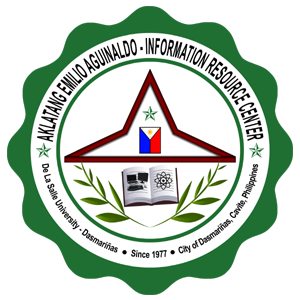Archi[types/text] : architecture in Philippine life / Gerard Lico, editor.
Material type: TextIntramuros, Manila : National Commission for Culture and the Arts (NCCA), ©2010Description: 99 pages : illustrations (some color) 21 cmContent type:
TextIntramuros, Manila : National Commission for Culture and the Arts (NCCA), ©2010Description: 99 pages : illustrations (some color) 21 cmContent type: - text;still image
- unmediated
- volume
- 9718141375
- NA 1527 .Ar25 2010
| Item type | Current library | Call number | Status | Date due | Barcode | |
|---|---|---|---|---|---|---|
 Filipiniana Reference
Filipiniana Reference
|
Aklatang Emilio Aguinaldo-Information Resource Center Filipiniana Reference | NA 1527 .Ar25 2010 (Browse shelf(Opens below)) | Available | 3AEA2012000017 |
Includes bibliographical references.
This project is about forms and figures. Architechture is grasped as a mode or manner, a blueprint of practice. It is also reckoned as a consciousness, a perspective through which space is sensed and lived out. These two aspects converge in eight exhibitions on landscape and urban planning, painting and photography, cinema and post cards. In all these instances, architecture is imagined as at once type and text because it is both a thing and a subjectivity, an artifact and a sensibility. Edifices are fleshed out by memory. Identity takes place. The city is mapped. Painters and photographers render locales. Vicinities become settings in the fiction of the screen. Architecture finally becomes complex in culture and history: it is formative and figurative.
There are no comments on this title.











